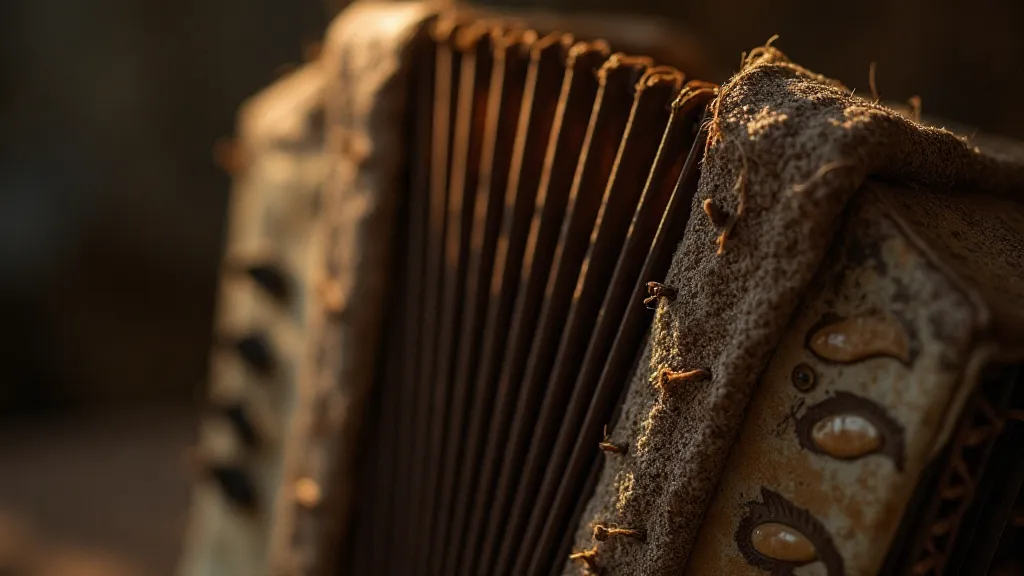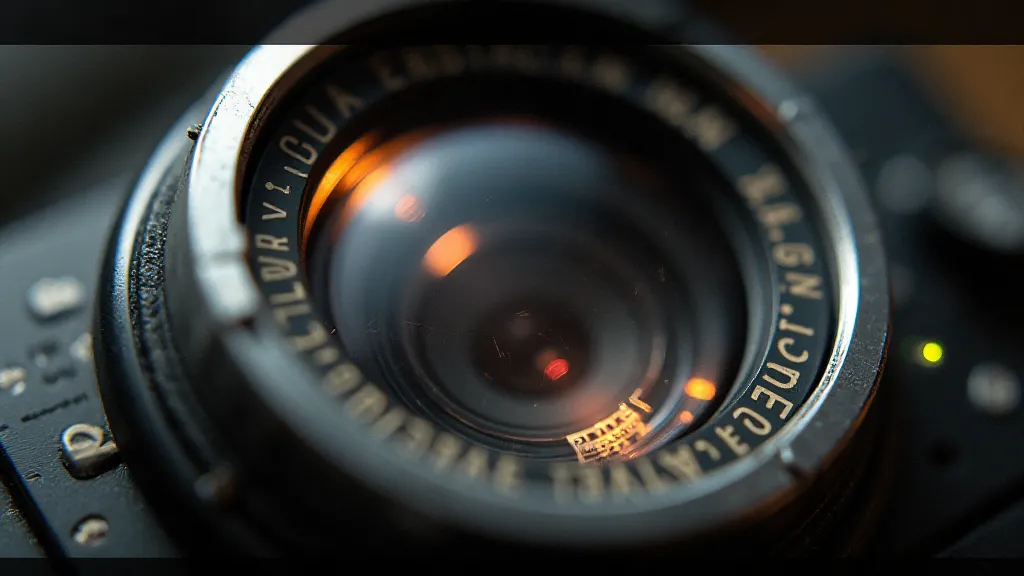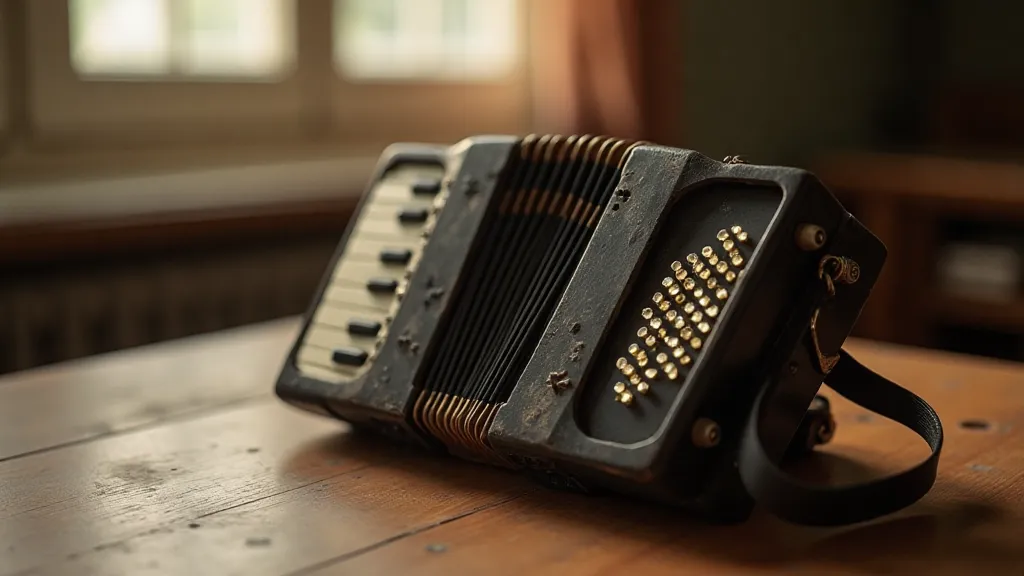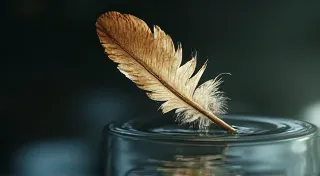The Shutter's Sigh: Reflecting on Transience and Narrative Closure
There's a particular sound, a subtle *click* followed by a whisper of air, that defines so much of my connection to vintage cameras. It’s the sound of the shutter closing. It isn’t simply a mechanical event; it's a moment pregnant with finality, a decisive punctuation mark on a captured instant. Working on restoring vintage viewfinders, particularly those attached to cameras from the early to mid-20th century, has only amplified this perception, layering onto it the weight of time, history, and lost narratives.
My earliest memory of this sound is from my grandfather's old Rolleiflex. It wasn't a camera he used often – he was a practical man, a landscape painter – but it sat on a shelf in his study, a silent, black sentinel guarding memories. As a child, I’d sneak in, lift it down (carefully!), and press the shutter. That soft *click* was a tiny, contained world. It felt like unlocking a secret, a fleeting glimpse into a past I couldn’s fully comprehend.
The fascination wasn’s just about the camera itself, though. It was about what it had *seen*. These weren’s sterile objects; they were silent witnesses to lives lived, moments cherished, and experiences long gone. Each scratch on the brass, each faint mark on the leatherette, spoke of a journey, a story. I began to imagine the people who held this camera, the places they visited, the lives they documented.

The Camera as Storyteller
This is, perhaps, the core appeal of vintage cameras, and specifically the viewfinders that framed those experiences. A viewfinder isn's just a mechanism for seeing; it’s a portal. It dictates what is included and excluded from the final image, shaping the narrative before it’s even captured. Consider the compact viewfinders of early Kodak Brownies, offering a simple, straightforward perspective. Then compare them to the sophisticated rangefinders of Leica cameras, allowing for precise composition and a more intimate portrayal. Each choice reflects a particular aesthetic, a particular way of seeing the world.
Restoring a vintage viewfinder isn't just about cleaning optics or repairing delicate mechanisms; it’s about preserving a voice, a perspective. It's about ensuring that future generations can still experience the world through the eyes of those who came before. A cracked prism, a fogged lens, a detached mirror – these are not mere defects; they are injuries, scars from a life lived. The repair isn’s simply an act of restoration; it’s an act of compassion, a recognition of the value of the experience contained within.
The Bittersweet Nature of Endings
The closing of the shutter is inherently linked to the concept of closure. Stories, like photographs, demand an ending. A beginning promises a journey, a middle unfolds the plot, and the end provides resolution, whether joyful or tragic. Without a conclusion, the narrative hangs suspended, unresolved, ultimately unsatisfying. Just as a photograph freezes a moment in time, a story’s ending locks it away, preserving it within the realm of memory.
There’s a certain melancholy associated with endings. The joy of discovery is tempered by the knowledge that the journey is over. The thrill of the chase is replaced by the quiet contemplation of what has been accomplished. This bittersweet quality is what makes endings so powerful, so resonant. It forces us to reflect on the experiences we’ve had, the lessons we’ve learned, and the people we’ve shared those experiences with.
The Craftsmanship of a Bygone Era
Working on vintage cameras reveals a level of craftsmanship that is rarely seen in modern manufacturing. These weren’t mass-produced commodities; they were meticulously crafted objects, built to last a lifetime. The metalwork is exquisite, the leatherwork is supple, and the optics are precisely aligned. The attention to detail is staggering. Each component, from the tiny screws to the complex levers, was designed and manufactured with a level of care and precision that is simply absent in today's disposable culture. The delicate nature of a rangefinder, or the complex system of mirrors in a single lens reflex, reminds us of the ingenuity and dedication of the artisans who created them.

The fragility of these mechanisms, their susceptibility to age and wear, only serves to underscore their value. The restoration process requires patience, skill, and a deep understanding of the original design. It isn’s simply about fixing what’s broken; it’s about preserving a legacy, ensuring that future generations can appreciate the artistry and ingenuity of the past. It's about bringing back a whisper of a voice—the shutter’s sigh.
Reflecting on Transience
Holding a vintage camera, working on its viewfinder, is a tangible link to the past. It’s a reminder that time marches on, that all things are transient, and that even the most enduring objects are ultimately subject to the ravages of time. The slight rattle of a gear, the faint haze on a lens, the brittle leather – these are all echoes of a past that is gone but not forgotten.
And perhaps that’s the most profound lesson of all: to appreciate the beauty and fragility of the present moment, to savor the experiences we have, and to cherish the memories we create. Just as the shutter closes on a captured instant, so too does life move on. But the images we create, the stories we tell, the memories we hold – these can endure, long after we are gone. The gentle click, the whispered air—a sigh of completion, a promise of remembrance.






